LGBTQ+ Terminology: An Essential Glossary

Understanding the diverse and evolving language of the LGBTQ+ community is essential for fostering inclusivity and respect. Whether you are part of the community or an ally, this glossary will help you navigate common terms and phrases with confidence.
Key LGBTQ+ Terms and Definitions
- LGBTQ+
- LGBTQ+ stands for Lesbian, Gay, Bisexual, Transgender, Queer, and the plus sign (+) represents other sexual orientations and gender identities that are not specifically covered by the first five letters, such as Intersex, Asexual, Pansexual, and more.
- Lesbian
- A woman who is emotionally, romantically, or sexually attracted to other women.
- Gay
- A person who is emotionally, romantically, or sexually attracted to members of the same gender. Commonly used to describe men, but can refer to women as well.
- Bisexual
- A person who is emotionally, romantically, or sexually attracted to more than one gender.
- Transgender
- An umbrella term for people whose gender identity differs from the sex they were assigned at birth. This includes individuals who identify as trans men, trans women, and non-binary.
- Queer
- An umbrella term that encompasses a variety of sexual orientations and gender identities. Historically used as a slur, it has been reclaimed by many within the community but can still be considered offensive by some.
- Questioning
- A term used to describe individuals who are exploring or uncertain about their sexual orientation or gender identity.
- Intersex
- A person born with physical sex characteristics (such as chromosomes, gonads, or genitalia) that do not fit typical binary notions of male or female bodies.
- Asexual
- A person who experiences little or no sexual attraction to others. Asexuality is a spectrum and can include a variety of experiences.
- Pansexual
- A person who is emotionally, romantically, or sexually attracted to people regardless of their gender identity.
- Non-Binary
- A gender identity that does not fit within the traditional binary of male or female. Non-binary individuals may identify as both, neither, or somewhere in between.
- Genderqueer
- Similar to non-binary, genderqueer is a term for people whose gender identity does not conform to conventional gender distinctions.
- Cisgender
- A term for people whose gender identity matches the sex they were assigned at birth.
- Genderfluid
- A person whose gender identity or expression shifts between genders or varies over time.
- Gender Dysphoria
- The distress or discomfort that may occur when a person’s gender identity does not align with their assigned sex at birth.
- Gender Expression
- The external display of one’s gender, through a combination of dress, demeanour, social behaviour, and other factors, typically categorised as masculine, feminine, or androgynous.
- Pronouns
- Words used to refer to people without using their names, such as he/him, she/her, and they/them. Using correct pronouns is a way to respect individuals’ gender identities.
- Transitioning
- The process that some transgender people undergo to live as the gender with which they identify, which may include social, medical, and legal changes.
- Coming Out
- The process of revealing one’s sexual orientation or gender identity to others. This can be a continuous process as one meets new people.
- Ally
- A person who supports and stands up for the rights and dignity of LGBTQ+ people.
- Homophobia
- Negative attitudes, discrimination, or prejudice against people who are or are perceived to be gay or lesbian.
- Transphobia
- Negative attitudes, discrimination, or prejudice against transgender or gender-nonconforming people.
- Biphobia
- Negative attitudes, discrimination, or prejudice against bisexual people.
- Intersectionality
- A concept often used to describe how different forms of discrimination (such as racism, sexism, and homophobia) intersect and overlap, affecting individuals in unique ways.
Why This Glossary Matters
Language shapes our understanding of the world and each other. By becoming familiar with these terms, allies and community members can help create more inclusive and supportive environments. Respecting and using correct terminology is a simple yet powerful way to show solidarity and affirm the identities of LGBTQ+ individuals.
Tips for Allies
- Educate Yourself Continuously
- Language evolves, and staying informed about new terms and respectful usage is important.
- Listen and Learn
- Pay attention to how individuals describe their own identities and follow their lead.
- Respect Pronouns
- Always use the pronouns that someone has shared with you, and don’t be afraid to ask if you’re unsure.
- Speak Up
- Challenge homophobia, transphobia, and other forms of discrimination when you encounter them.
- Support LGBTQ+ Causes
- Get involved in activism, support LGBTQ+ organizations, and participate in Pride events.
There can be a lot of terms to know and more are appearing all the time, which is great progress. Shifting the language that we have most commonly used up until now can take a little bit of time to get used to, but it’s worth it to make people feel more included.
Don’t stress too much about being perfect with everything all the time. Intent and heart is what matters. Most people won’t mind if you make a few genuine mistakes if they see you’re making an effort to use the correct pronouns and terms. And sometimes when we over think something, it’s easier to make a mistake. Just apologise and try again.
By understanding and using inclusive language, we can all contribute to a world where everyone is respected and valued for who they are.
Read More: Gender vs Sexuality: The Terms To Know







